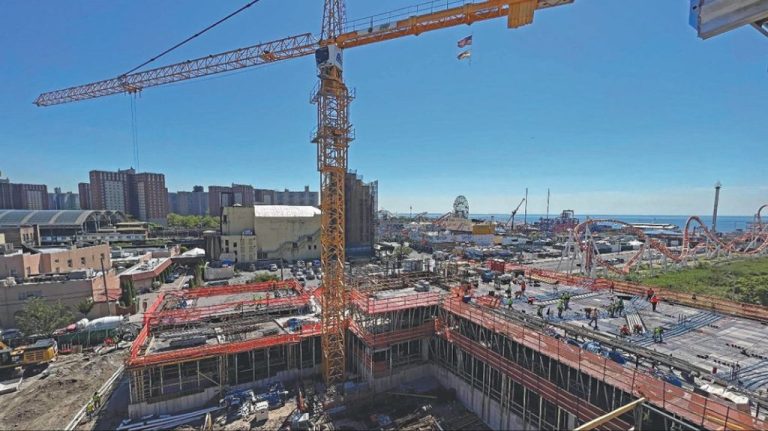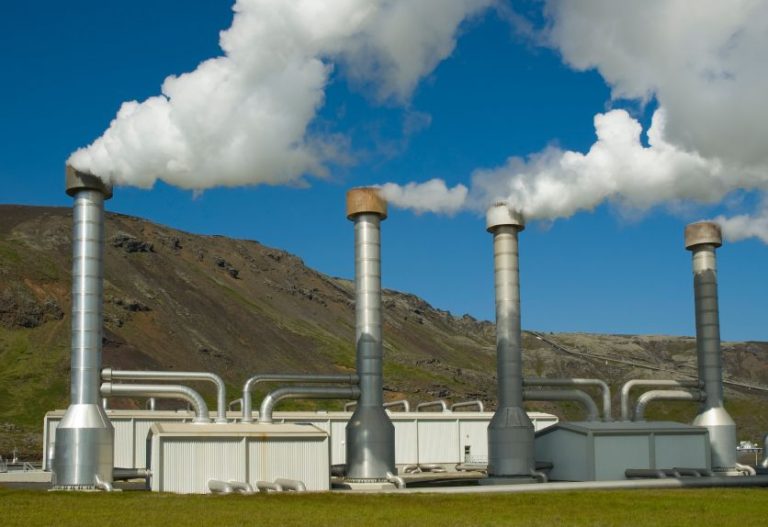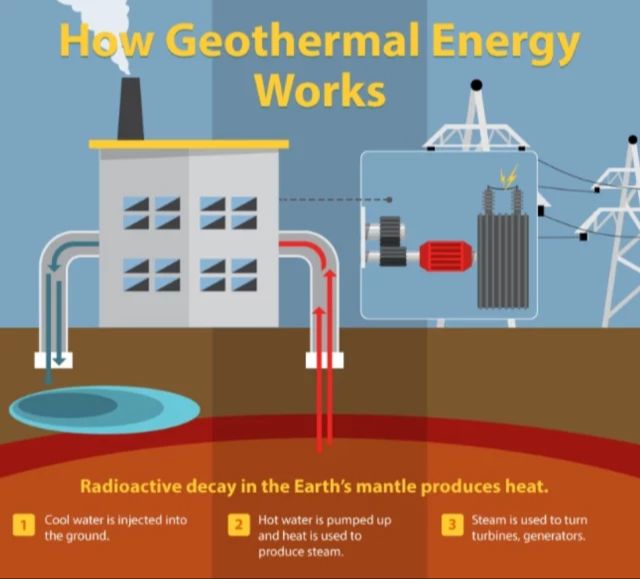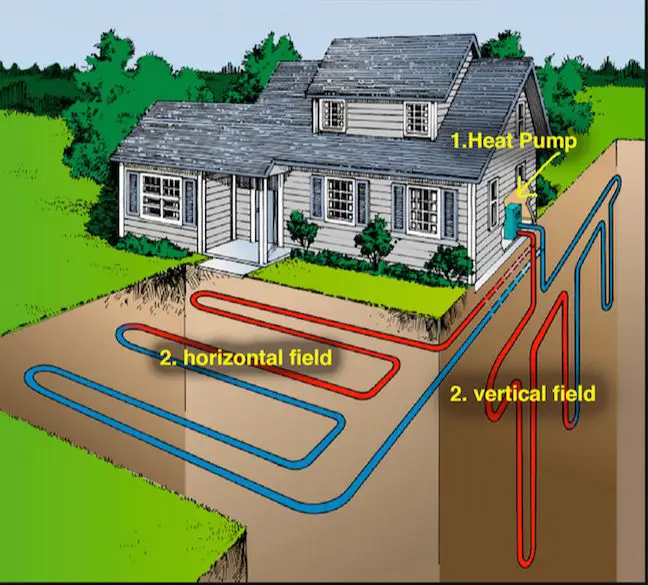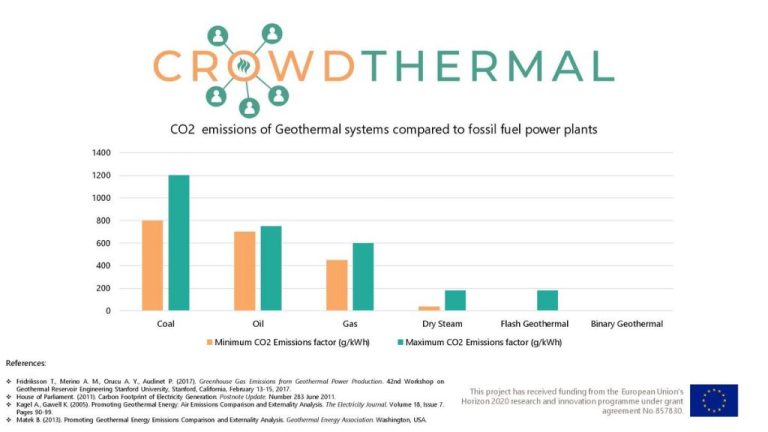Are Geothermal Heat Pumps Worth It?
What is a Geothermal Heat Pump?
A geothermal heat pump is a system that uses the relatively constant temperature of the ground or water several feet below the earth’s surface to provide heating, cooling and hot water for homes and buildings (https://www.energy.gov/energysaver/geothermal-heat-pumps). It works by extracting low-grade heat from the ground in winter to provide space heating and extracting heat from the building in summer for cooling and hot water (https://www.energy.gov/eere/geothermal/geothermal-heat-pumps).
There are three main types of geothermal heat pump systems:
– Vertical systems use pipes buried vertically in the ground.
– Horizontal systems have pipes buried horizontally in trenches.
– Pond/lake systems use coils placed in a water source.
Benefits of Geothermal Heat Pumps
Geothermal heat pumps provide a number of benefits compared to conventional HVAC systems:
Energy efficiency and savings: Geothermal systems are far more energy efficient than conventional systems, with estimated savings of 70-80% on heating and cooling costs. This adds up to significant long-term savings on utility bills.
Environmental benefits: Geothermal systems have very low emissions and a small carbon footprint. They use minimal electricity and don’t burn fossil fuels. This makes them an eco-friendly, green solution.
Consistent heating/cooling: Geothermal systems provide consistent, even conditioning year-round. You don’t get the temperature fluctuations associated with conventional systems.
Long lifespan: With proper maintenance, the underground loop portion of a geothermal system can last over 25 years. The heat pump itself tends to last longer than conventional alternatives.
Low maintenance: Geothermal systems have very few moving parts so require minimal maintenance. The underground loop requires no maintenance at all.
Cost of Installation
The upfront cost of installing a geothermal heat pump system is significantly higher than that of a traditional HVAC system. According to Angi, the average cost to install a geothermal system ranges from $15,000 to $38,000 for a 2,000 square foot home, whereas a traditional system may only cost $5,000 to $12,000. The high initial cost is due to the ground loop that needs to be buried, which accounts for anywhere from 50-60% of the total installation cost.
There are several factors that affect the overall installation cost:
- Location – Labor and materials cost more in some regions
- Soil/rock type – Digging in rocky areas is more expensive
- System size – Larger homes need bigger, more expensive systems
There are rebates and tax incentives available to help offset the upfront cost. Many utility companies and local/state governments offer rebates up to $1,000. There is also a 30% federal tax credit on geothermal system costs through 2032.
Cost Savings
Geothermal heat pumps can provide significant cost savings compared to traditional HVAC systems. According to the Geothermal Cost Savings Calculator, geothermal systems can save homeowners up to 80% on heating and cooling costs. The U.S. Department of Energy estimates geothermal heat pumps can save over $1,500 per year on energy bills if priced no more than $1,516 above a standard HVAC system.
The return on investment timeline for a geothermal system depends on several factors like climate, system size, electricity rates, and installation costs. According to one savings calculator, the average payback period is 3-5 years. After that timeframe, the system provides free heating and cooling for the remainder of its lifespan, which is estimated at 25 years or more.
Over a 30 year period, a geothermal system can save over $45,000 in energy costs compared to an air-source heat pump. The long-term savings are even greater when compared to fuel-based furnaces and air conditioners. With substantial upfront costs but very low operating expenses, geothermal heat pumps provide excellent long-term value for most homes.
Considerations
When deciding whether to install a geothermal heat pump system, there are several important considerations:
Geothermal heat pumps require specific land and soil conditions for installation. According to the U.S. Department of Energy, the system needs adequate land for the buried loops, and the soil composition affects the heat transfer rate. Hard, compact soil may not transfer heat as readily as loose, softer soil.
Installing a geothermal system requires specialized expertise. As the Family Handyman notes, you need to hire a qualified, experienced contractor to handle the complex installation. Poor installation can lead to system inefficiency or failure.
Geothermal heat pumps work best in moderate climates without extreme highs and lows. Areas with very cold winters or hot summers may not be ideal locations, according to the Department of Energy. The system capacity needs to match the climate.
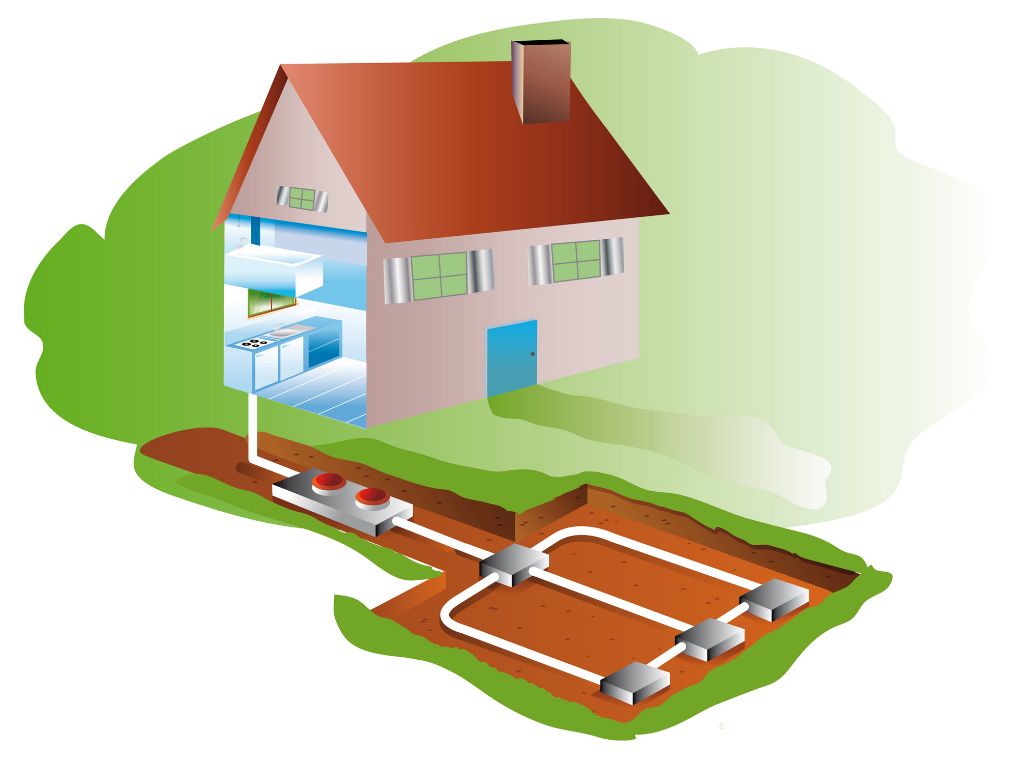
New Construction vs Retrofit
Installing a geothermal heat pump in a new home construction project can be easier and more cost effective than retrofitting an existing home. Since the foundation is open during construction, the geothermal loops can be installed underground more conveniently. This avoids the need to dig up an established yard or landscape. As Dandelion Energy notes, “On top of lowering your energy costs, installing geothermal is a major improvement that can actually increase your home’s value.” [1]
For an existing home, a full retrofit is possible but requires more planning and work. ClimateMaster explains, “The ground loop installation will likely require excavation of the yard and landscaping. This needs to be restored after the underground piping is installed. Access to the home interior will be necessary to install the geothermal unit and the duct connections.” [2] Careful coordination with contractors is necessary, and both exterior and interior work will be involved.
Maintenance
One of the main benefits of geothermal heat pumps is that there is no outdoor equipment to maintain. Unlike air-source heat pumps or furnaces, geothermal systems do not have condenser units or other components located outside that require regular maintenance.
However, some routine maintenance is still required. According to Sobieski Inc., recommended maintenance includes:
- Changing the air filter regularly
- Cleaning the condensation pan and drain line annually with a dilute bleach solution
- Checking any ductwork and cleaning if needed
- Inspecting the air handler coils and cleaning if necessary
Proper routine maintenance like filter changes and drain line cleaning can improve efficiency and extend the life of the geothermal heat pump system. Following the manufacturer’s maintenance guidelines is highly recommended.
System Lifespan
The expected lifespan of a geothermal heat pump system is 20-25 years for the heat pump unit itself, and 25-50 years for the underground infrastructure according to the Guide to Geothermal Heat Pumps. This is significantly longer than an air-source heat pump, which has an average lifespan of only 12 years.
Most geothermal heat pump manufacturers offer warranties of 5-10 years on parts, and 25 years on the ground loop according to Everything You Need to Know About Geothermal HVAC Technology. The warranty coverage provides peace of mind on the system investment.
Environmental Impact
Geothermal heat pumps have a significantly lower carbon footprint compared to traditional HVAC systems that run on fossil fuels like natural gas or heating oil. According to the U.S. Department of Energy, geothermal heat pumps produce 75-80% fewer carbon emissions than conventional heating and cooling systems.
This reduction in emissions occurs because geothermal systems use the natural heat energy of the earth and electricity to operate. While some electricity may come from carbon-producing sources, geothermal heat pumps have high efficiency ratings, meaning they consume less electricity overall. This maximizes sustainability benefits.
In addition, geothermal systems have a long lifespan with lower maintenance needs compared to traditional HVAC equipment. The underground piping can last for 25-50 years with minimal repairs needed. This further reduces the carbon footprint over the operating lifetime of the system.
Overall, geothermal heat pumps are a highly sustainable HVAC option for homeowners looking to reduce their carbon footprint and environmental impact from heating and cooling their home.
Conclusions
In summary, geothermal heat pumps offer both pros and cons to consider. The biggest pros are significant energy and cost savings, low maintenance, and environmental benefits. The biggest cons are the high upfront installation cost and limitations for retrofits into existing homes. Geothermal heat pumps are best suited for new construction, especially in moderate climates. Homes with ample outdoor land are also good candidates.
For installation, it’s highly recommended to have a certified geothermal heating/cooling contractor do the work. While geothermal systems have a high initial investment, they offer a great return through decades of energy savings while reducing your environmental impact. If installing in new construction or able to afford the upfront cost, geothermal heat pumps are a smart and efficient heating and cooling option to consider.

